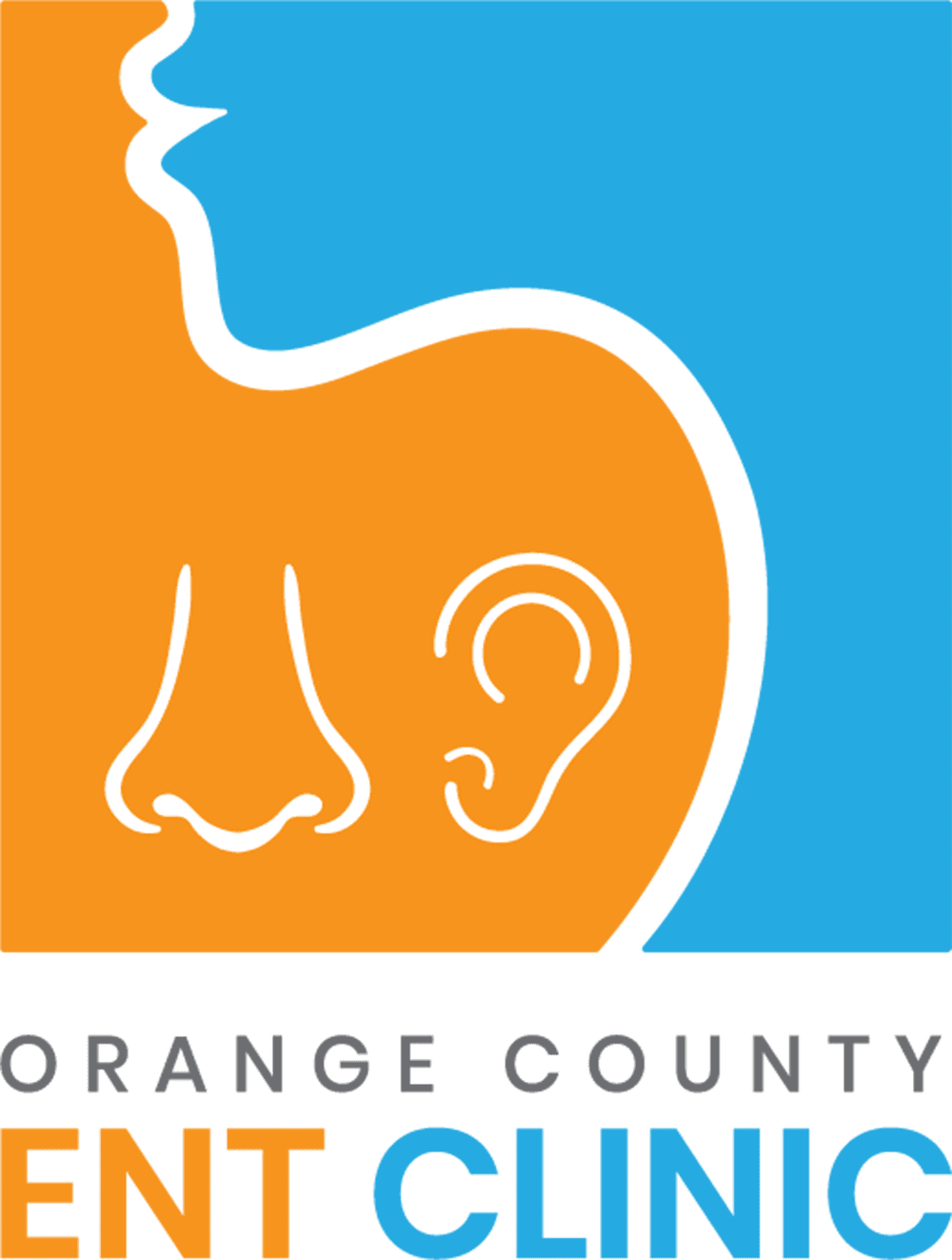
Allergies are the result of immune system reactions.
Allergy triggers often include materials such as pet dander, pollen, dust mites, and mold. Some people also develop allergic reactions to bee venom, certain fabrics and household products, and some types of food. Reactions can affect all parts of the body, including the skin, sinus cavities, digestive system, and airways.
If you are an allergy sufferer, treatment will largely depend on what you are allergic to and how you react when exposed to your particular allergy triggers.
Allergy Causes and Risk Factors
All allergic reactions begin when the immune system assumes that a substance that is normally harmless is a dangerous invader. Antibodies are then produced to “attack” the invading substance, which results in the release of chemicals from various cells. One of these chemicals is histamine, a common contributor to hay fever symptoms. Allergic triggers can also include:
- Pollen, dust, pet dander, and other airborne irritants
- Soy, shellfish, peanuts, and other food products
- Latex and similar materials that can irritate the skin
- Insect bites or stings
Having asthma and a family history of allergies can increase your risk of developing issues with allergies at some point in life. Children also tend to be more likely to have allergy issues than adults.


Allergy-Related Symptoms
Symptoms that you may experience with allergies will vary based on the source of your allergy. With hay fever, nose itching, sneezing, and watery, red eyes are some of the common symptoms. Food allergies may produce hives or neck, tongue, and throat swelling. Drug allergies often result in skin rashes, wheezing, and facial swelling. An allergic condition known as eczema may result in skin that reddens, itches, or flakes. Some allergies trigger a serious reaction referred to as anaphylaxis, which may cause symptoms such as a loss of consciousness, nausea and vomiting, and severe shortness of breath.
Diagnosing and Treating Allergies
After a physical exam and a discussion of symptoms or reactions experienced, the process of diagnosing allergies usually involves a series of tests. A common test performed is a skin test that exposes the patient to small amounts of common allergens. ImmunoCAP testing is a blood test that’s done to look for allergy-causing antibodies.
Avoidance is one way to treat allergies. This simply means avoiding known allergy triggers as much as possible. Nasal sprays and other types of over-the-counter and prescription medication may also be used to manage allergy symptoms, especially if it’s difficult to completely avoid exposure to allergens you are sensitive to. The purpose of allergen immunotherapy (“allergy shots”) is to gradually build up a tolerance to your allergy triggers over time with a series of injections that contain purified allergen extracts.
Some allergy suffers carry around emergency medicine that may include an epinephrine shot that can be self-administered to reduce reaction severity until medical treatment can be started. If your triggers aren’t fully known, you may be asked to keep a diary or journal for a brief period of time to write down what happens when you have a reaction and what you were doing or eating at the time. You may also be advised to wear a medical alert bracelet so that anyone treating you will know you have an allergy.
